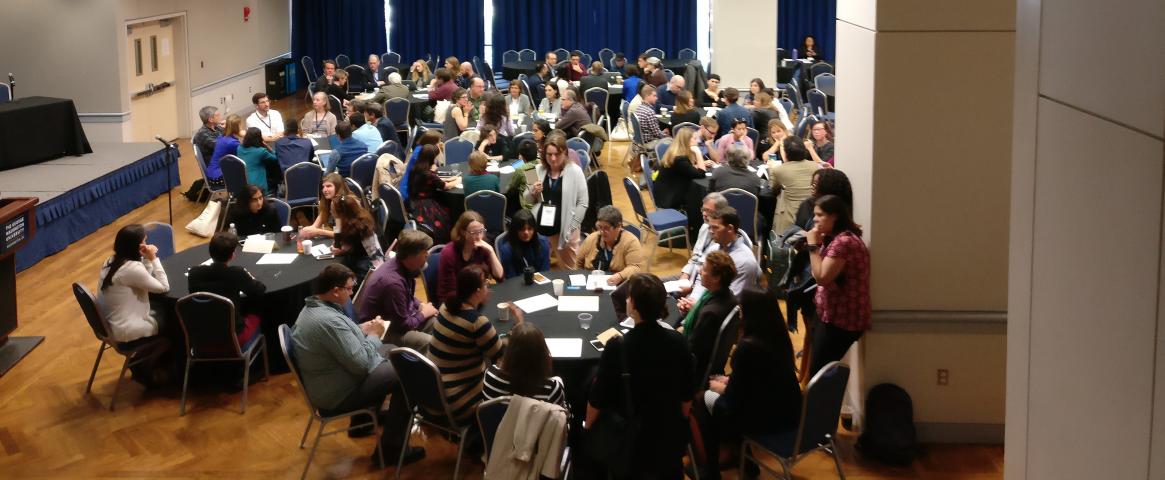By Avren Keating
"Publications in peer-review journals are hardly infallible," Sharon Begley, senior science writer at STAT, reminded the audience, as she related instances of her own troubles with peer-reviewed research. Rather than rehashing the debate of whether preprints could be used for news stories, the session's panelists described best approaches for reporters, editors, and PIOs to work with preprints.
To get the room familiar with preprints, Jessica Polka, director of ASAPBio, gave an overview of preprint history and how they foster collaboration. Polka noted that more direct feedback is given to authors to hone the research and development of their piece when it is put onto a preprint server. She highlighted another example of collaboration, in which graduate students start reading clubs to practice their review skills with pre-printed work freely available online.
Begley directed her talk toward science journalists. She pointed out that, when it comes to writing about preprints, "The train has already left the station." It's not a matter of if reporters should cover preprints, but of how to do so responsibly. No other news beat works with an embargo, she reminded the audience, "I'm at a loss for why science should be different."
Mohi Kumar, an interim senior news editor for EOS, focused on the editor's approach. Kumar has experienced confusion from authors who were uncertain if a preprint counted as a prior publication. Authors were also hesitant to talk to the press about their preprinted work. Kumar suggested that a journal's site should have clear press guidelines available for authors and reporters. However, she added, getting people to understand the process of adapting to preprints "can sometimes be glacial."
Meagan Phelan, the executive director of the Science Press Package team for the AAAS, closed out the panel discussions by going over how her team of science writers creates weekly press packages for studies under embargo. On occasion, preprints — if they received comprehensive news coverage before being accepted by the journal — will not be embargoed but will have an immediate release in the press package. Phelan noted that some authors who have received news coverage while on the preprint have specifically requested an embargo for their paper after acceptance, to give the paper exposure to the Science Press Package's database of more than 13,000 global reporters during the four-day embargoed period. In recent years, she observed, reporter interest has become increasingly common for authors who have posted their work to preprints before their peer-review process begins. Science recognizes the value preprint servers have to authors and supports posting of research to these platforms. Phelan addressed how her team responds to such researchers thinking about connecting with the press, including as their paper is under peer review.
The audience of PIOs, reporters, and editors grouped to further discuss preprints. In the end, there were more questions raised than answers, though a couple of messages did surface. Journalists, it was argued, are moving faster than the PIO community in adapting to preprints. The audience also believed journalists should take the same skeptical rigor they use to judge preprints of newsworthiness and apply that rigor to peer-reviewed research. The conversations were grouped on a living document to carry them outside the conference room.




